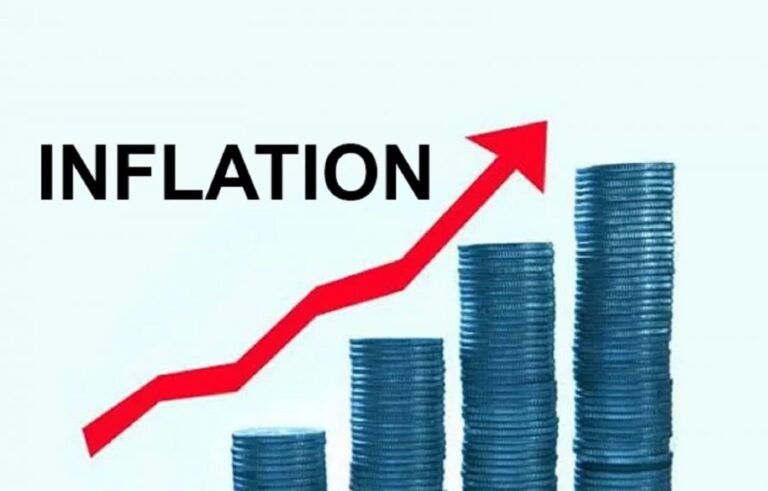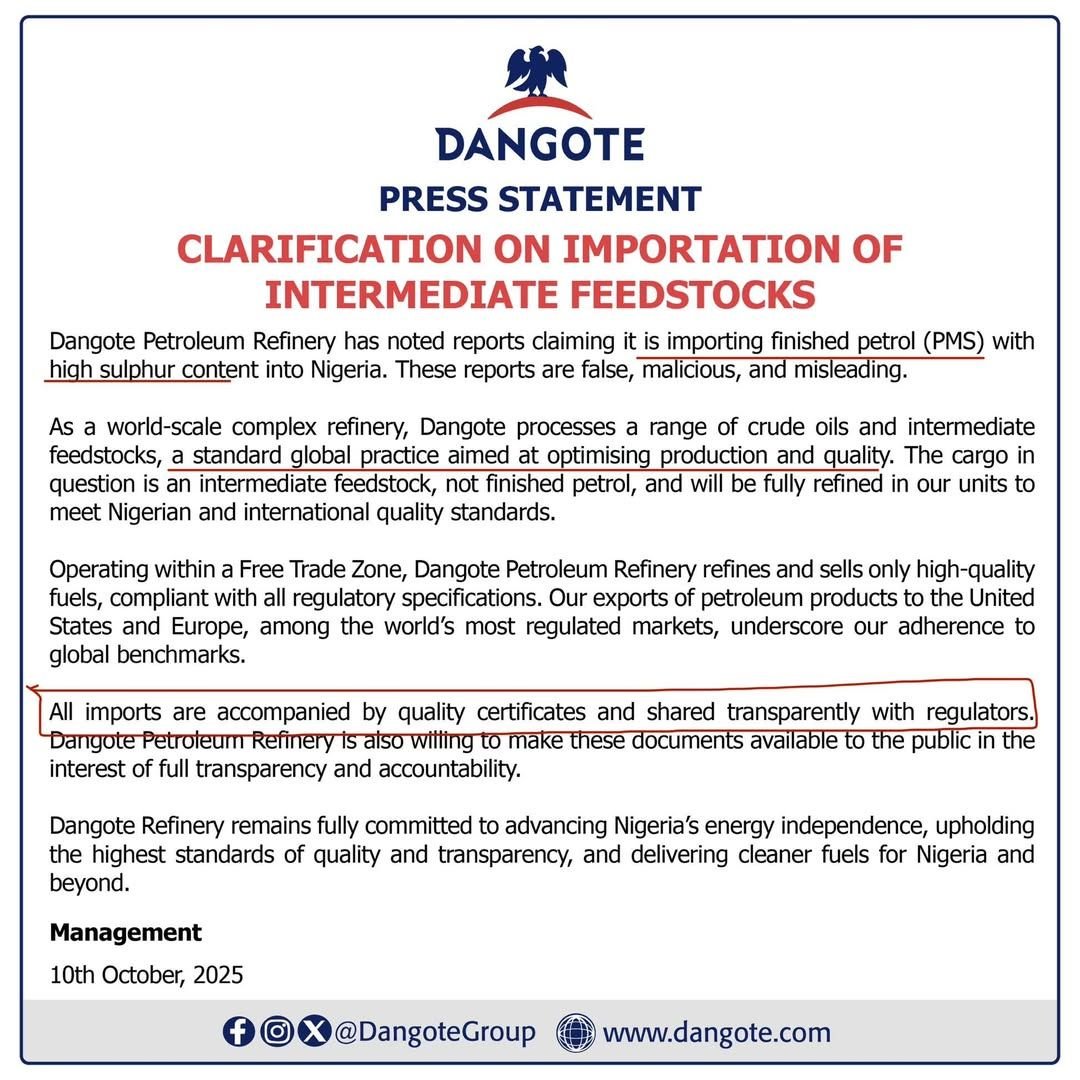Nigeria’s non-oil exports surged 30.39% to US$2.66 billion in Q1 2025, signaling a push towards a more diversified economy away from oil. This is according to the Central Bank of Nigeria’s (CBN) latest Balance of Payments report. According to the report, this growth, coupled with a 5.83% increase in oil and gas exports to US$11.25 billion, significantly bolstered the nation’s trade performance.
The goods account, a key component of the current account, recorded a surplus of US$4.16 billion in Q1 2025, up 58.78% from US$2.62 billion in Q4 2024. This surge was driven by a 9.79% increase in total exports to US$13.91 billion, fueled by both non-oil and oil and gas sectors, alongside a 2.99% reduction in imports to US$9.75 billion.
Non-oil exports, encompassing agriculture, manufacturing, and solid minerals, grew from US$2.04 billion in Q4 2024 to US$2.66 billion, reflecting Nigeria’s strategic focus on economic diversification. The Central Bank attributes this to the naira’s depreciation, which enhanced the competitiveness of non-oil goods in global markets, making them more attractive to international buyers.
Oil and gas exports, which rose from US$10.63 billion to US$11.25 billion, were propelled by higher export volumes and favorable global oil prices. The report notes that crude oil exports slightly increased to US$8.59 billion, while gas exports saw a remarkable 26.67% jump to US$2.66 billion, underscoring Nigeria’s enduring strength in energy markets.
The naira’s depreciation played a pivotal role in boosting export earnings, particularly for non-oil products, which gained a competitive edge in price-sensitive markets. However, the Central Bank highlights that increased export quantities also contributed, reflecting improved production capacity in both oil and non-oil sectors.
Imports declined from US$10.05 billion in Q4 2024 to US$9.75 billion, driven by reduced demand for petroleum products and non-oil imports. Notably, petroleum products, still Nigeria’s top import at US$2.32 billion, saw a decrease from US$2.78 billion, hinting at potential shifts in domestic consumption due to refining capacity.
The combined export growth led to a current account surplus of US$3.73 billion in Q1 2025, slightly down 1.84% from US$3.80 billion in Q4 2024 but up 1.08% from US$3.69 billion in Q1 2024. This sustained surplus underscores Nigeria’s ability to navigate global economic headwinds, though challenges in other BOP components persist.
More Insights
The services account recorded a higher net outflow of US$3.69 billion, up 6.03% from Q4 2024, due to increased imports of travel and business services. Similarly, the primary income account’s debit balance rose 13.48% to US$2.02 billion, driven by higher interest payments to non-resident investors, signaling rising external debt costs.
Secondary income fell 17.86% to US$5.29 billion, largely due to reduced foreign aid and grants, potentially linked to a U.S. executive order, alongside a 2.96% drop in workers’ remittances to US$4.93 billion. These declines highlight vulnerabilities in Nigeria’s external financing, which could temper the gains from export growth.
The financial account balance dipped to US$7.58 billion from US$7.82 billion, reflecting significant divestment in portfolio investments, and lower direct investment inflows down 19% to $250 million in Q1 2025, compared to $310 million in the previous quarter. External debt servicing and loan repayments further strained the financial account, contributing to an overall BOP deficit of US$2.77 billion.
Nigeria’s external reserves also declined to US$37.82 billion by March 2025 from US$40.19 billion in December 2024, raising concerns about foreign exchange liquidity. This drop, coupled with the BOP deficit, underscores the need for policies to sustain export momentum and stabilize reserves.
























